It may be as daunting as it is inspirational to enter a tile showroom. Although there are numerous alternatives available at various price points, the presentations are magnificent. Use Consumer Reports’ tile primer to learn more about this robust, beautiful material before you hurry to the home store for a package of plain white subway and miss the opportunity to make a big statement in your kitchen.
We consulted a panel of industry professionals, including installers, dealers, and manufacturers, to get their best advice on the advantages and disadvantages of the most popular varieties of tile.
Benefits and Drawbacks of Common Types Tiles
1. Ceramic
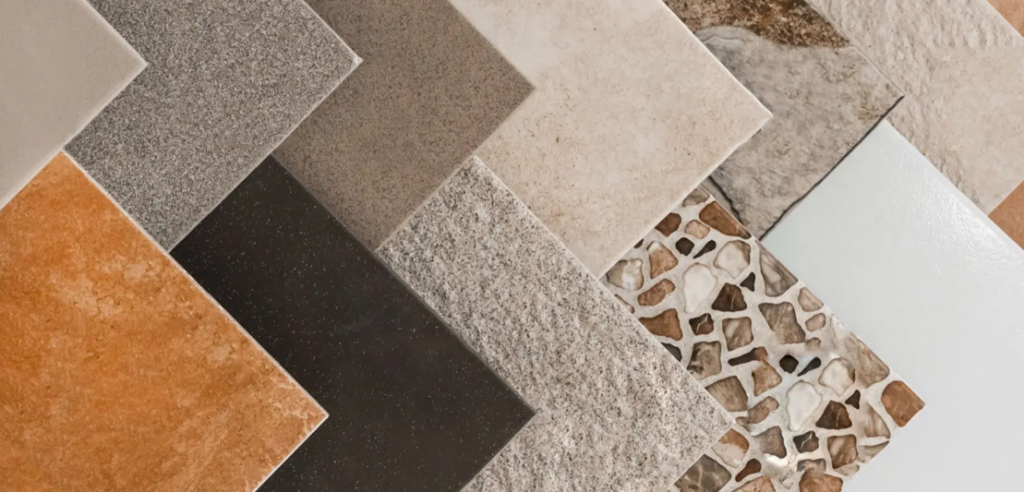
It is what? Ceramic , which are made of a clay, mineral, and water mixture, are heated during firing. After applying a liquid glass coating and refining, glazed styles are given a strong, scratch- and stain-resistant surface. The term “quarry” is occasionally used to describe unglazed tiles.
Finest for:
Ceramic is frequently inexpensive, strong, simple to install, and available in an almost infinite variety of colors and designs. Ceramic tiles is best to install in the bathroom. Get the best Tile installation services in Port Oconnor TX.
Cons:
Ceramics isn’t the best material for heavy-impact regions, and colors might vary from lot to lot. The cost of handmade or “art” tiles can be very high.
Pro-Tip: The term “quarry” is occasionally used to describe unglazed tiles.
2. Porcelain
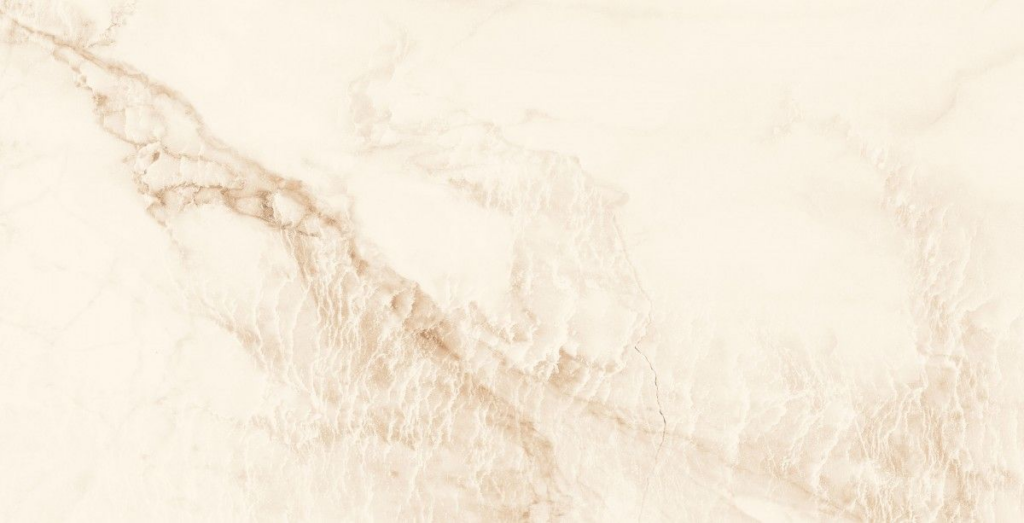
A form of ceramic called porcelain is burned at a temperature higher than ceramic, making it denser and less porous. It is what? A form of ceramic tile called porcelain is burned at a temperature higher than regular ceramic, making it denser and less porous.
Ideal for:
Use porcelain with impact and stain resistance for backsplashes, floors, and walls. It comes in a broad range of designs and is simple to clean.
Cons:
However, DIYers sometimes purchase the incorrect setting substance, which is needed to attach non-porous materials. To be sure you’re using the proper glue, check with the manufacturer.
ProTip Takeaway: Porcelain has a transitional look that blends well with various types of interior design.
3. Glass
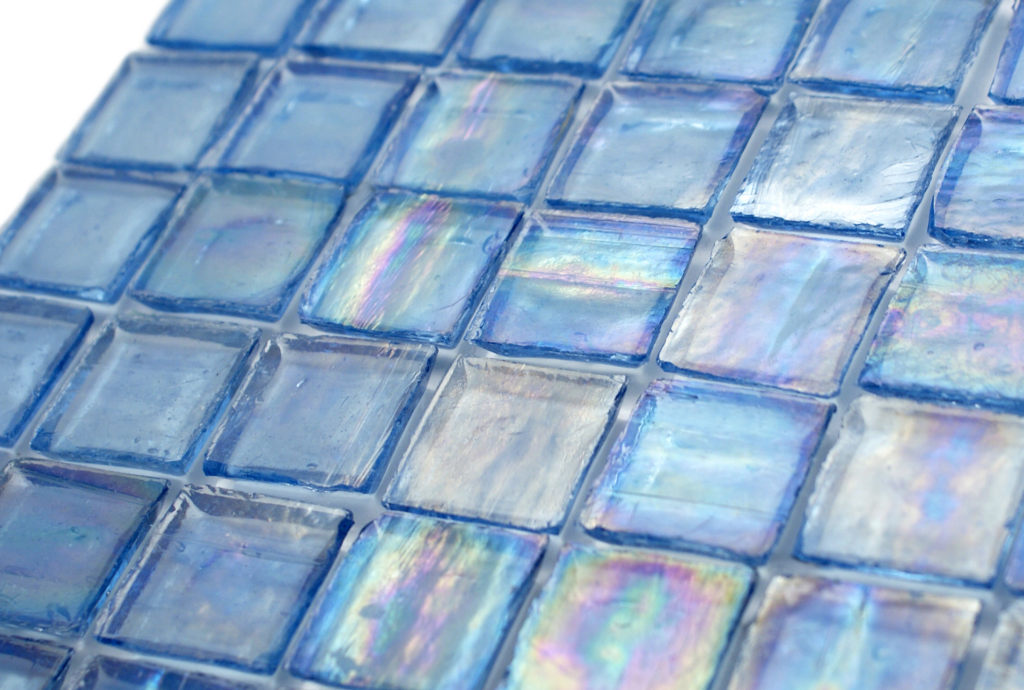
Glass is manufactured from tiny bits of glass that are sold individually or as mosaics, occasionally combined with various kinds of tile over a mesh basis.
It is what? thin glass tiles with a mesh backing that are offered singly or as a mosaic, occasionally alongside other ideas of tiles.
Finest for:
Walls and backsplashes are the best places for colorful, reflecting, easy-to-clean glass. Certain glass has a rating for usage as flooring. Glass has a lot of “wow” effect because of its huge variety of hues.
Cons:
However, installing it may be costly and challenging. The glue may be seen through the tile since it is translucent. Unless you’re really competitive, it’s challenging for a DIYer to produce results that seem professional.
ProTip Takeaway: Instead of doing it yourself, get a professional flooring specialist to install glass for you.
4. Cement
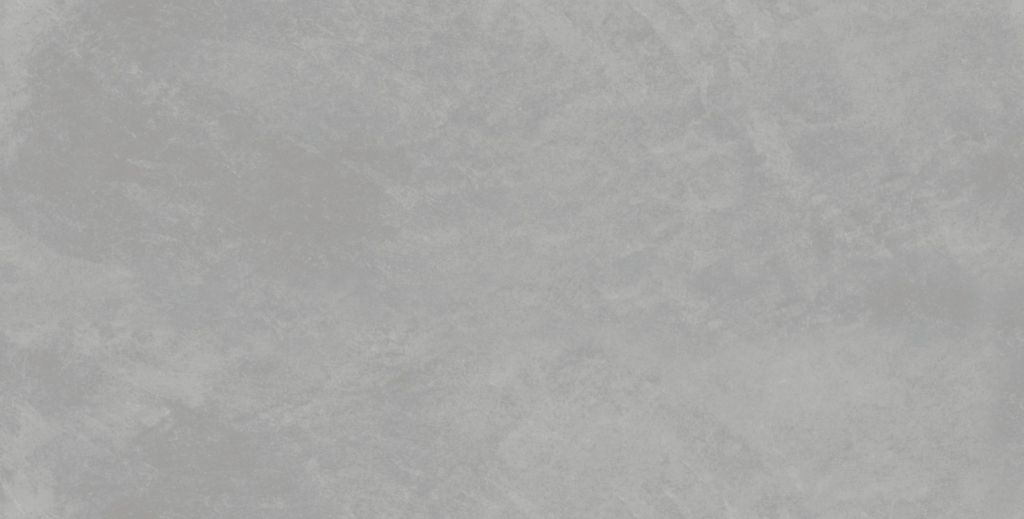
What exactly is it? Cement tiles, often known as encaustic or Cuban in the United States, are primarily handcrafted of natural materials and have dramatic designs.
Cement are a versatile and durable flooring option that has recently gained popularity.
These are made from a mixture of cement, sand, and pigments, resulting in a sturdy and long-lasting material suitable for various applications indoors and outdoors.
One of the critical features of cement is their versatility in design. They come in various colours, patterns, and shapes, allowing homeowners to create customized looks that reflect their style and preferences. Whether you prefer bold geometric patterns, intricate floral motifs, or simple solid colours, there is a cement design to suit every aesthetic.
In addition to their aesthetic appeal, cement are also prized for their durability and longevity.
Unlike ceramic or porcelain, which are often glazed, cement are pigmented throughout the entire thickness. This means that even if the tile’s surface becomes worn or scratched over time, the colour and pattern will remain intact, giving the tiles a timeless appeal that can last for generations.
In addition to their aesthetic appeal, cement are also prized for their durability and longevity. Unlike ceramic or porcelain, which are often glazed, cement are pigmented throughout the entire thickness. This means that even if its surface becomes worn or scratched over time, the colour and pattern will remain intact, giving a timeless appeal that can last for generations.
Another benefit of cement is their eco-friendly nature. Unlike other flooring materials such as vinyl or carpet, which are often made from synthetic materials and can emit harmful chemicals into the environment, cement are made from natural materials that are non-toxic and environmentally friendly. Additionally, cement tiles are often made by hand using traditional techniques, so they have a lower carbon footprint than mass-produced tiles.
Cons:
However, because they are more expensive and less popular than other tiles, your installer may be unfamiliar with them. Furthermore, cement are prone to etching by acid or severe detergents and must be sealed during installation and resealed on a regular basis.
Takeaway: The cement must be sealed during installation and resealed on a regular basis.
5. Natural Stone
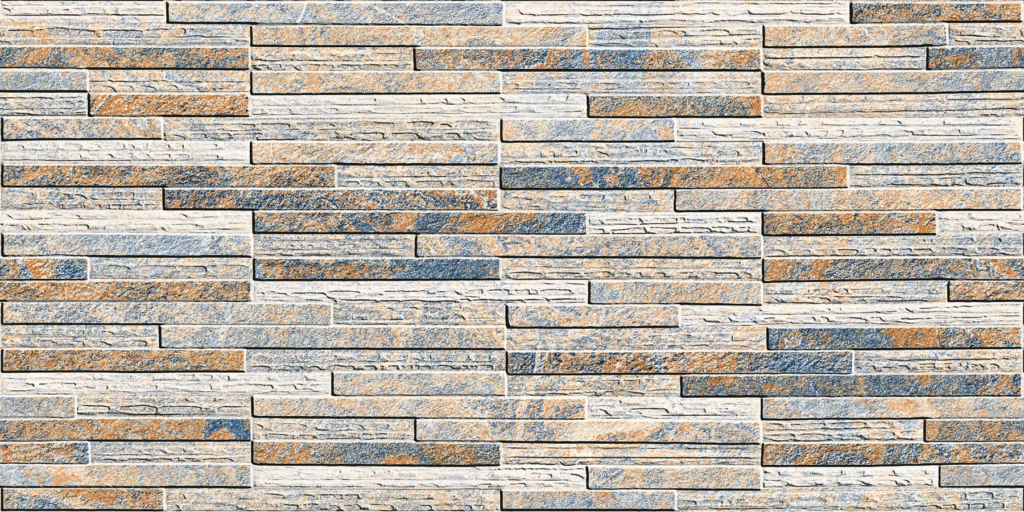
Natural stone pieces such as granite, slate, travertine, marble, onyx, sandstone, and others are used. Natural stone is carved into uniform, thin bits. Stone tile has a unique, one-of-a-kind appearance. Simple to maintain and stunning to look at.
What exactly is it? Stone has a rich, one-of-a-kind aesthetic because it is made out of thin, regular pieces of genuine stone—granite, slate, travertine, marble, onyx, and sandstone, to name a few.
Use stone on walls, backsplashes, and floors. Use granite tiles instead of a slab to achieve the look of a granite countertop for less.
Cons:
However, most stone can be harmed by water, color, or acid, so plan extra care.
Pro Tip Takeaway: Seal when installed and reseal every ten years.
Top-Notch Countertops And Floors
Tile worktops and flooring are both put to the test by Consumer Reports. Only vinyl performed better in our testing for flooring. SnapStone Beige is the best-performing tile. It fared extremely well against wear and tear as well as against stains, scratches, and fading. It did a mediocre job at repelling dents, though.
Ceramic and porcelain came in second place to quartz and granite in our testing for kitchen countertops, but at $5 per square foot, it was by far the most affordable option. Although it struggled to resist heat and stains, it excelled in slicing and chopping.
Conclusion
Whatever tile you decide on, don’t forget to have a professional install it for you. Also, think about which tile would be ideal for you.
To determine a tile’s cost, and maintenance needs, and evaluate the advantages and disadvantages of each tile, it is always wise to do some study.
We hope you found this post interesting. If you want to see more of our content, you can visit our website Wehomedeco.com for more articles, tips, and resources. You can also follow us on social media to stay updated with our latest posts . We would love to connect with you and hear your feedback. Here are our social media links: